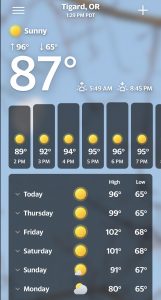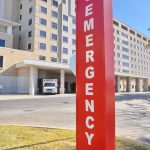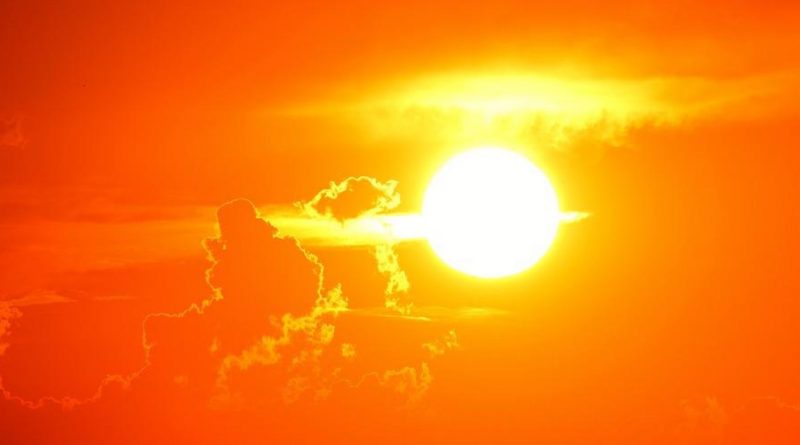Summer Health: Heat Exhaustion and Heat Stroke

Summer isn’t the season that we tend to think about a lot of health or ill-health issues, but with the excessive heat this week, it seems timely for a reminder of how to avoid and treat heat exhaustion and heat stroke.
Prepare for the Heat
- I may be a little late with this recommendation, but whenever possible, plan ahead for extra hot days and make sure you have necessary supplies on hand.
- Consider prepping some food in advance. Prepping some foods in advance, especially if you can eat them cool or just warm them up, can really help on hot days so that you don’t have to turn on the stove or oven. This chickpea salad recipe is a summer staple at my house. A favorite dip with veggies and tortilla chips is another easy hot weather meal.
- Have a plan for keeping cool – this may mean reduced activity, staying indoors or visiting a friend with a pool or A/C. If you need someplace to go to get cool, you can visit a cooling shelter. In Tigard, our public library located at 13500 SW Hall Blvd, is a cooling shelter. Other cooling shelters in the Portland Metro area can be found by clicking here.
Heat Stroke & Heat Exhaustion
When it comes to heat stroke and heat exhaustion, prevention is key! Avoid being out when the sun and heat are at their peak. If you must be out, moderate your exertion and give yourself plenty of time for breaks in the shade. Stay hydrated by drinking plenty of water and other cool beverages or eating fresh fruits like watermelon. Balance sun protection with coolness in your clothing choices – light colored, thin fabrics may help keep you cool. Donning a wet bandana, shirt or hat can help keep you cool as well.
If you develop any of the following symptoms, you may have heat exhaustion and you are recommended to take action to cool down immediately.
Symptoms of Heat Exhaustion
- a headache
- dizziness and confusion
- loss of appetite and feeling sick
- excessive sweating and pale, clammy skin
- cramps in the arms, legs and stomach
- fast breathing or pulse
- temperature of 100 F or higher
- being very thirsty
What To Do
- Move the affected person to a cool place.
- Get them to lie down and raise their feet slightly.
- Get them to drink plenty of water. Sports or rehydration drinks are OK.
- Cool their skin – spray or sponge them with cool water and fan them. Cold packs around the armpits or neck are good, too.
- Stay with them until they’re better. They should start to cool down and feel better within 30 minutes.
Symptoms of Heat Stroke
- feeling unwell after 30 minutes of resting in a cool place and drinking plenty of water
- not sweating even while feeling too hot
- temperature 104 F or higher
- confusion
- dizziness
- altered or loss of consciousness (being “out of it”)

What To Do
Heat stroke can cause death or permanent disability if untreated. Call 911.

